A recent report from the International Energy Agency’s Photovoltaic Power Systems Programme (IEA-PVPS) Task 17 has presented a new test setup for curved vehicle-integrated PV (VIPV) surfaces.
The research work includes the results of an 8-day study in August 2023 at Le Bourget du Lac, France, showing that VIPV surface curvatures can trigger non-uniformity of up to 261W/m2 and 13 C, respectively.
The researchers said that compared to a flat PV surface, the VIPV with a radius of curvature equal to 3 m experienced a 17% energy loss on a sunny day and 6% on rainy days.
In the experiments, individual cell measurements were made every minute. Furthermore, the research team analyzed how curved PV roofs affect performance, uniformity of solar irradiance, and temperature.
The researchers recommend that to optimize energy production, VIPV product teams could increase the number of maximum power point tracking (MPPT) channels and think about making the PV surface flatter to naturally optimize the energy collection.
Each of the optimization proposals has a challenge, however. “A very flat roof is against the trend in the automotive industry,” co-author Bertrand Chambion from the French Alternative Energies and Atomic Energy Commission (CEA) told pv magazine. “And more MPPT channels increase the panel costs and system complexity.”
The hope in publishing the report, according to Chambion, is to raise awareness of original equipment manufacturers (OEM), vehicle manufacturers, stakeholders, and PV industry researchers about the factors influencing VIPV performance and potential solutions.
Experimental setup
The outdoor PV monitoring test bench described in the Task 17 report was specifically designed for curved solar surfaces of a passenger vehicle. The team used it for monitoring solar irradiation and temperature, gathering the data to measure the impact and non-uniformity in light incidence angle over the VIPV module surface.
The team chose to design a matrix of individual solar cells in preference to using commercial photodiodes for the test setup. “It is less complex, easy to integrate, and much more representative of the final application. The resulting measurements could be used to validate the model,” said Chambion.
The setup featured a 5×5 matrix of M6-sized, 9-busbar PERC solar cells, thermocouples, irradiance and temperature sensors. In addition, a multi-channel data logger, multiplexer, a mockup of a VIPV roof, and a dedicated Energy Management System (EMS) to monitor irradiance and temperature data by the minute.
Individual cell measurements were made every minute. The test panel experienced three weather scenarios: rainy, sunny, and cloudy, in a location without shading. It had a southern exposure and the installation was representative of vehicle random azimuth orientation during the parking phase.
The report, “Irradiance and Temperature Uniformity on vehicle roof,” is free to download.
Looking ahead, the researchers recommended a one-year project to collect representative data, noting that other locations should also be tested.
This content is protected by copyright and may not be reused. If you want to cooperate with us and would like to reuse some of our content, please contact: editors@pv-magazine.com.
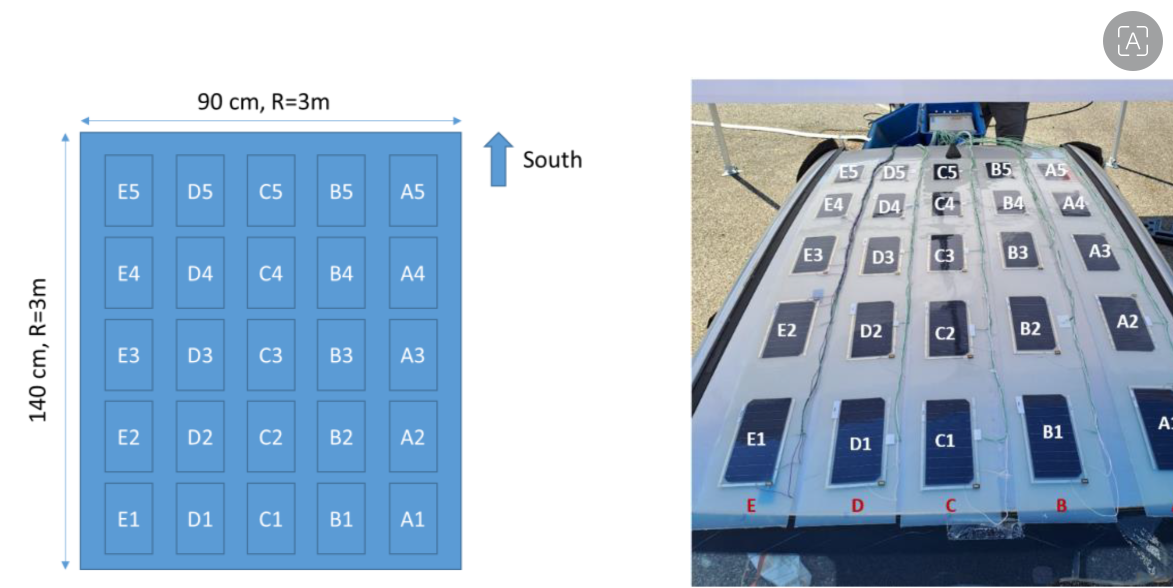
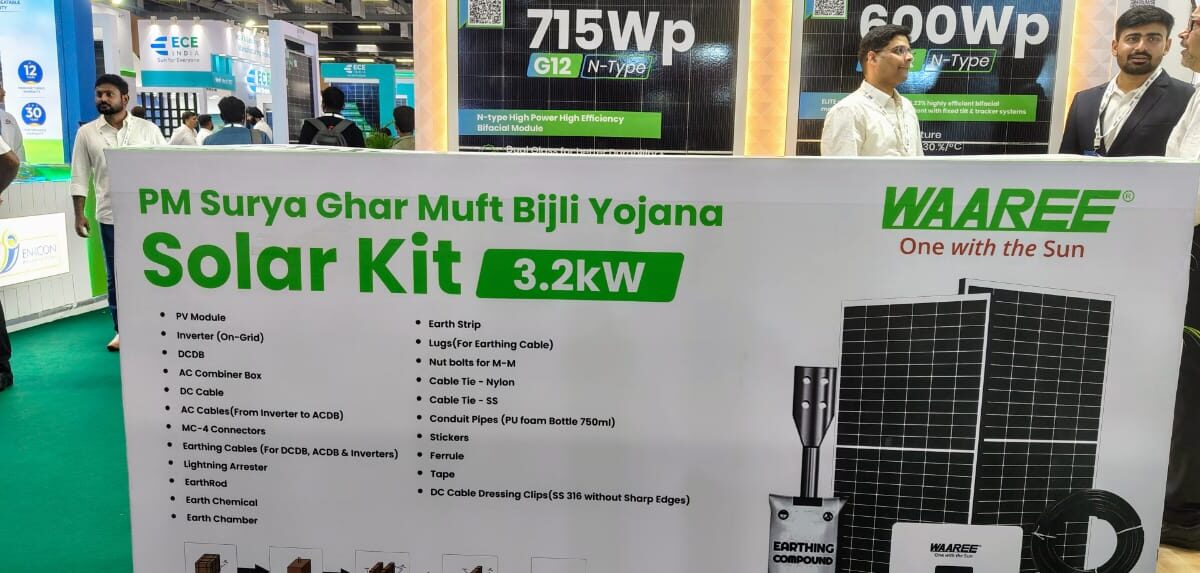

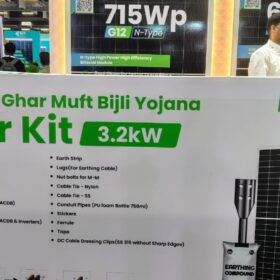

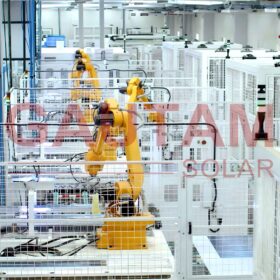
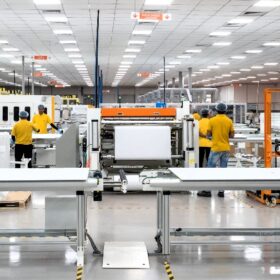
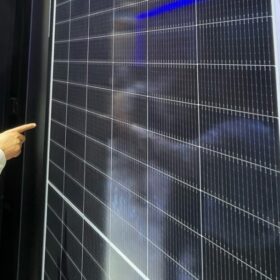
By submitting this form you agree to pv magazine using your data for the purposes of publishing your comment.
Your personal data will only be disclosed or otherwise transmitted to third parties for the purposes of spam filtering or if this is necessary for technical maintenance of the website. Any other transfer to third parties will not take place unless this is justified on the basis of applicable data protection regulations or if pv magazine is legally obliged to do so.
You may revoke this consent at any time with effect for the future, in which case your personal data will be deleted immediately. Otherwise, your data will be deleted if pv magazine has processed your request or the purpose of data storage is fulfilled.
Further information on data privacy can be found in our Data Protection Policy.